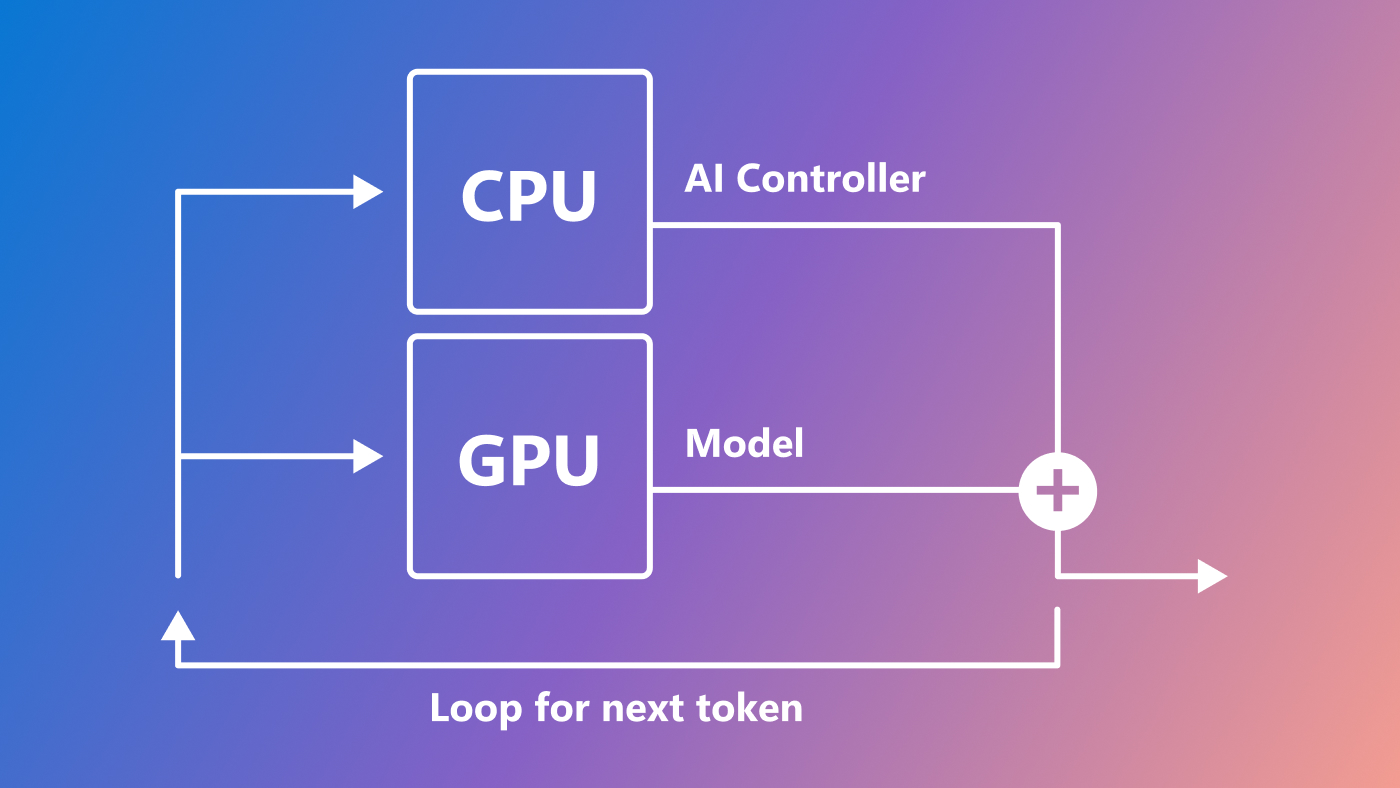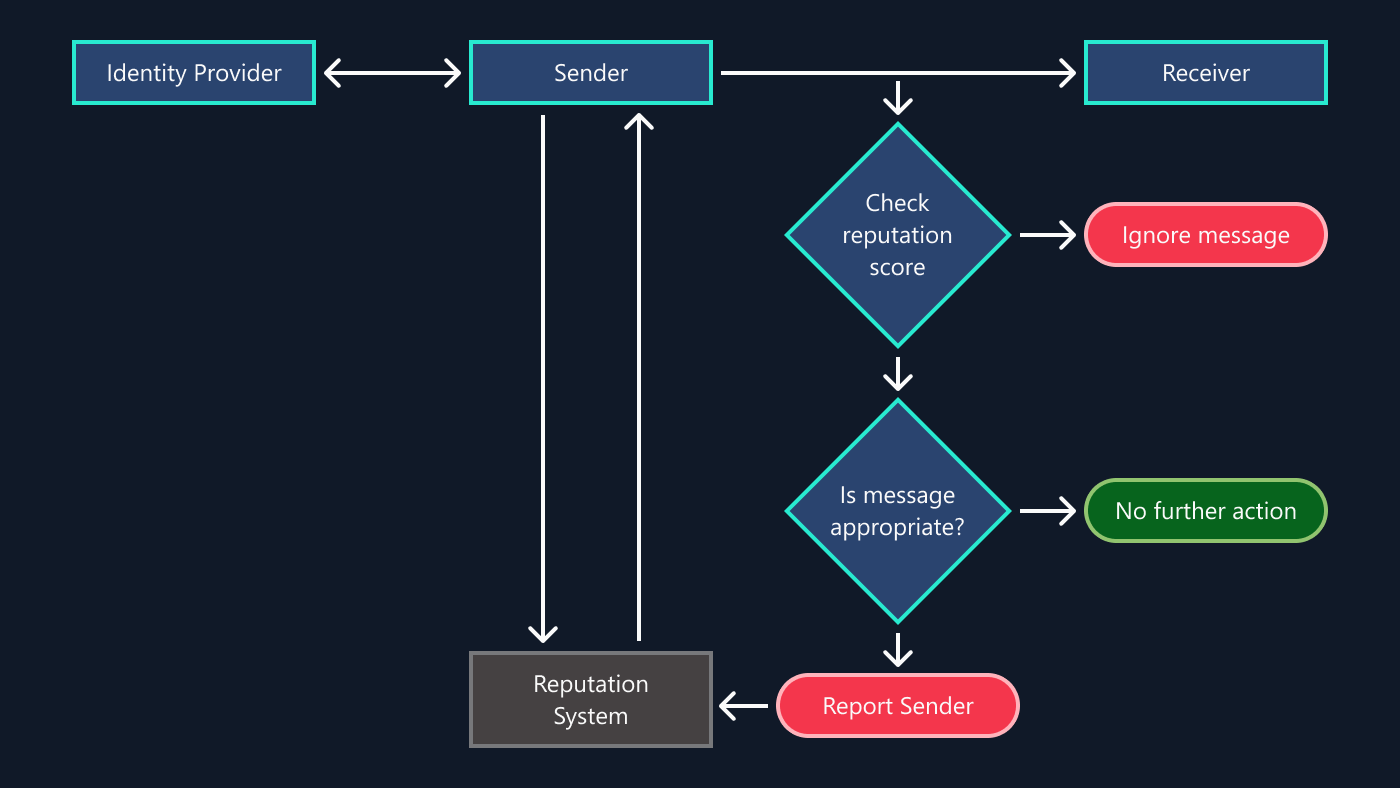This research was accepted by the 2023 International Conference on Learning Representations (ICLR) (opens in new tab), which is dedicated to the advancement of the branch of artificial intelligence generally referred to as deep learning.

Efficient algorithms are crucial for many purposes, including reducing energy consumption in digital devices. While humans outperform AI systems at designing such algorithms, we show how to improve AI programming abilities using self-play, a technique that has helped AI systems dominate in games such as chess and Go.
Designing fast and accurate algorithms requires high-level abstract reasoning, which remains difficult for AI systems. Our approach involves having the AI design and solve its own programming challenges, enabling practice on millions of artificial challenges and exploration of problem types not found in public repositories. We detail our work in a new paper, “Language Models Can Teach Themselves to Program Better,” (opens in new tab) which we’re presenting at the 2023 International Conference on Learning Representations (ICLR) (opens in new tab).
Microsoft research podcast
Collaborators: Silica in space with Richard Black and Dexter Greene
College freshman Dexter Greene and Microsoft research manager Richard Black discuss how technology that stores data in glass is supporting students as they expand earlier efforts to communicate what it means to be human to extraterrestrials.
The key challenge and our solution
How can an AI system generate novel algorithmic programming problems without knowing the solution?
Our approach uses programming puzzles (opens in new tab) introduced by Microsoft Research in 2021. These puzzles—known in complexity theory as the class of “NP” (opens in new tab) decision problems—are easy to check for correctness (no hidden answer key) but often difficult to solve. In this way, they’re like a Rubik’s cube, where it’s trivial to recognize a solution but hard to find one. Three examples are illustrated below: a novel string challenge and the classic Towers of Hanoi and factoring problems. Programming puzzles can range from trivial to major open problems in algorithms and mathematics, and solving them requires all the major algorithmic techniques, such as dynamic programming and greedy algorithms. However, each puzzle just checks a single input as opposed to standard problems in algorithms, which require a solution that scales efficiently for all inputs, which is much harder to test.
Programming puzzle examples
Can computers generate valuable, novel challenges?
Surprisingly, language models such as Codex and GPT-Neo can indeed create novel puzzles when prompted to generate “more like these” on a set of example puzzles without solutions. You may wonder what makes a challenge good. Instead of focusing on interesting, we prioritize useful challenges. Our evaluation has the language model generate, solve, and train on its own puzzles; then we assess whether the training improved its performance on a hidden test set of puzzles. (By now, solutions to our puzzles may have leaked into AI training sets, but with the help of champion competitive programmers, we have created a secret test set that remains unpublished, which can be used for uncontaminated evaluation.) In our experiments with small- to medium-sized language models—with a few billion parameters, much fewer than the latest GPT models—self-training more than doubled success rates.
Risks and limitations
This research was conducted prior to GPT-4’s release. While we believe similar techniques may help GPT-4 self-improve in programming, this is an active area of research as we better understand the capabilities and limitations of these models, as well as their appropriate use and the potential consequences of increased programming capabilities. One key limitation of puzzles is that solutions might only work for the specific instance provided. However, this limitation also serves as an advantage in terms of human-AI alignment. Unlike other AI challenges with inherent ambiguities that could lead to unintended consequences if objectives are imprecisely defined (for example, an AI-designed math-tutor app that may become addicting unintendedly), our programming puzzles encompass exactly those standalone problems that can be perfectly verified for meeting a precise objective. As there remains a risk that any work that substantially advances AI programming capabilities can be used in other systems and with unintended consequences, we continue to encourage taking great care before deploying systems with artificially generated code.
Examples of programming puzzles for AI self-play
Each puzzle is specified by a short Python program that checks a possible answer. Each solution is a Python program that outputs an answer in a limited amount of time.
Example 1: Towers of Hanoi

The goal of the well-known Towers of Hanoi (opens in new tab) puzzle is to move all the disks from the first tower to the last tower, one by one, without ever putting a bigger disk on top of a smaller disk. It’s easy to check that a solution is correct but hard to find a correct solution. Even though the number of steps required to solve it is exponential in the number of disks, there’s a solution in the form of a short program that is often used to teach recursion. The clever solution program that outputs the moves is easier to find than the sequence of moves itself. Here are the programming puzzle and solution:
Example 2: String challenge
This concise puzzle perplexes AI systems, although humans find it simple. The puzzle requires a string with 1,000 “A” characters but no two consecutive A’s. Most programmers devise solutions like “ABABAB …” (1,000 times), generated by the compact Python solution above. In contrast, AI systems usually need multiple attempts. Fortunately, AI systems can easily verify their attempts by running the checking program. This puzzle exemplifies a straightforward, unique problem specifically created for our dataset.
Example 3: Integer factorization
Another classic example is integer factorization. The puzzle above requires a factor of a relatively small number so it can be solved quickly by a simple loop. However, our dataset also contains factoring challenges like the 309-digit RSA Factoring Challenge (opens in new tab) number, which was published in 1991 along with a $100,000 prize. The 309-digit number was never factored, and the challenge has since ended.





